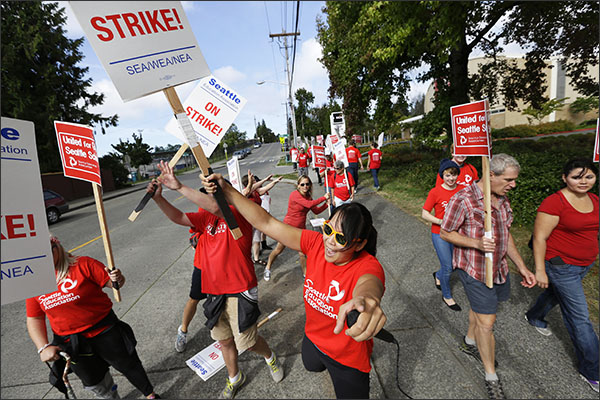Public education in Washington state is amply funded and school administrators have plenty of money. HB 2494, to add even more money to public schools is not what students need.
Officials at Washington’s public schools now spend $19,000 on average statewide for the education of each student, a dramatic increase over the pre-McCleary level of $10,000 per student. The 2023-25 state budget added $3.1 billion to school funding, from $25.9 billion to $29 billion, an increase of 12 percent in one budget cycle. Overall, spending on public education in Washington has more than doubled in twelve years, rising from $13.5 billion in 2013 to $29 billion for the budget ending in 2025.
The comparable numbers for Seattle are even higher. The 2022-23 budget for Seattle Public Schools is $1.14 billion, or $23,001 per student for 49,669 students. On top of all this, the public schools received nearly $3 Billion in additional federal COVID relief funding and are still spending these additional funds.
Public school employees are now among the highest-paid workers in the state. By comparison, average private school tuition is $12,392 for elementary schools and $14,060 for high schools. Teachers’ salaries and benefit levels at private schools are consistently lower than those of their peers in public schools.
HB 2494 will do nothing to help students. Adding even more money to well-funded public schools is not what students need. Yet HB 2494 will certainly do a lot for the adults in the system. They will love it.
At these saturated levels of funding, pouring more money is not going to make even a marginal difference for children. This bill is simply a vehicle for providing more money to adults. You can be sure every organized interest, starting with the WEA union, will fall all over themselves to testify in support of this bill.
What public education needs is not more money, but more common sense reforms like additional equitably funded public charter schools, more positive engagement with parents, and more innovative education choices. For more information on effective school reforms which actually help students, see Chapter Five of Washington Policy Center’s new Policy Guide, Seventh Edition.





